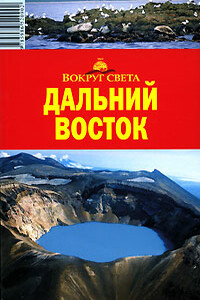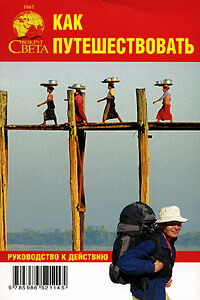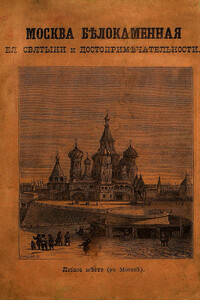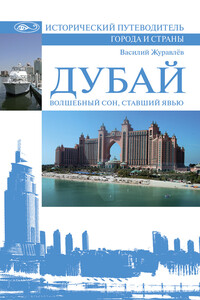Русский изразец | страница 12
Special attention should be drawn to Northern tiles. Solvychegodsk, Totma, and Veliky Ustyug had their own tile workshops. The tiles in the Museum can be dated back to the eighteenth and the first half of the nineteenth century. There is little difference between them as the traditions and tastes worked out in the seventeenth century were adhered to for almost 200 years. Traditional Northern colours - green, white and yellow and sometimes dark-blue dominate. The image, always in relief, occupied several tiles. Usually it is flowers connected by interlaced twigs. By the late eighteenth century the design became simpler. Ornamental nettings of relief braces became a favourite. By the middle of the nineteenth century Northern tiles acquired the same features as those of Central Russia.
By the late nineteenth century some tile-makers and architects tried to revive tile art in the pseudo-Russian style. Ceramic panels from the Kuznetsov home in Moscow are of this kind. Stylization and a medley of ornament are combined with technical perfection.
A valuable contribution to tile art was made by the Abramtsevo pottery workshop. Its establishment, together with the appearance of other Russian workshops and schools, was a reaction to mass production of large factories. The many items, different styles, which were spreading through the country, impelled artists to turn to the traditions of folk art, to national originality.
The Abramtsevo workshop was set up near Moscow, in the estate of the rich industrialist S. I. Mamontov who was a connoisseur of Russian art. In the 1870 - 1890's this estate became a centre of Russian culture where interest in native history and art was encouraged in every way. The pottery workshop was headed by Pyotr Vaulin, a well-known craftsman. Outstanding Russian painters and sculptors including V. Vasnetsov, V. Serov, A. Matveyev, K. Korovin, S. Chekhonin and A. Golovin participated in the work. M. Vrubel was particularly interested in ceramics. The workshop specialized in making panels for interior and exterior decoration, majolica sculptures. It produced tiles for facing stoves and fire-places. In making these tiles the Abramtsevo craftsmen used patterns of seventeenth and eighteenth century tiles. Since the late nineteenth century was characterized by widespread attempts to combine the principles of old Russian and of contemporary art, here, too, new themes and motifs were introduced into traditional forms and ornaments.



